The Road to Net Zero: Tracking and Rewarding Carbon Saving
At the recent HKTDC Research webinar, The Road to Net Zero: Tracking and Rewarding Carbon Saving, pundits debated how companies can promote a low‑carbon business ecosystem by tracking and rewarding their clients’ environmentally responsible behaviour. Louis Chan, Principal Economist (Global Research) at HKTDC Research, said that small and medium‑sized enterprises (SMEs) often encounter challenges in carbon reduction, including the incorporation of carbon saving practices into their existing business model. Numerous ways for tracking and rewarding carbon saving, to help SMEs overcome funding and human resources constraints, were put forward and discussed.

Hong Kong’s Climate Action Plan 2050: specific carbon reduction goals.
Net Zero by 2050
Nicholas Fu, Economist (Global Research) at HKTDC Research, began by charting Hong Kong’s progress in carbon reduction in areas of popular concern like sustainable development and ESG. He pointed out that carbon reduction can be approached on three fronts: (1) the source of carbon emission, meaning direct greenhouse gas (GHC) emissions during the manufacturing process itself; (2) indirect GHC emissions from the consumption of electricity, heat and steam in manufacturing; and (3) other indirect GHC emissions from upstream (supply chain) and downstream (customers).
In 2021, to promote the adoption of carbon‑saving practices by businesses, the Hong Kong SAR (HKSAR) government set out specific carbon reduction goals in its Hong Kong’s Climate Action Plan 2050. The goal is for Hong Kong to achieve net zero by 2050 under the vision of "Zero‑carbon Emissions ‑ Liveable City ‑ Sustainable Development" and with the adoption of “Net‑zero Electricity”, “Energy Saving & Green Buildings”, “Green Transport” and “Waste Reduction” as major strategies and initiatives.
Outlining the government’s plans, Fu said: “The HKSAR government is following a four‑pronged strategy. First, on energy, it has required power plants to increase their use of renewable sources of energy; second, on energy saving and green buildings, given that the construction industry contributes over 60% of the city’s total carbon emissions, developers will be required to explore better energy efficiency and more eco‑friendly solutions; third, on green transport, in addition to more electric buses, the government is also promoting the replacement of diesel and blended petrol vehicles with electric vehicles to reduce emissions on the roads; and fourth, on waste reduction, the government is exploring the feasibility of a ban on plastic cutlery and other eco‑friendly measures.”
Carbon Audit Barriers
Fu noted that in the private sector, despite increased awareness of the importance of carbon reduction, SMEs often encounter many obstacles to adopting carbon‑saving practices. Illustrating the difficulties they face, Fu said: “To a certain extent, the over‑representation of major enterprises reflects the barriers SMEs face in adopting low‑carbon and ESG practices. It’s true that SMEs can take advantage of a range of environmental solutions readily available in the market to save research costs. However, SMEs often cannot find hard‑and‑fast rules and standards to follow on social responsibilities and corporate governance. The compilation of ESG reports involves the gathering of various data, which is resource‑intensive and translates into a demand for green finance. A carbon audit is required before banks can approve green loans to SMEs. This means SMEs need to provide some kind of report on their ESG status. More affordable carbon audit services are now on offer to help SMEs obtain green labelling, which can be printed on product packaging to appeal to consumers and help secure green loans.”
Increasing numbers of companies are encouraging consumers to adopt a low‑carbon lifestyle as a way of reducing their own corporate emissions. This includes advocating responsible consumption, bring‑your‑own‑bag (BYOB), plant‑based diets, turning down air conditioning, using more energy‑efficient appliances and promoting the use of low‑carbon vehicles. Fu gave an example of how businesses are helping people to reduce their emissions, saying: “You have credit card companies rolling out mobile apps that can help clients keep track of emissions from their consumption and daily life. This awareness can in turn help consumers maintain a low‑carbon lifestyle.”
Fu noted that the Construction Industry Council has, in response to the sector’s emission levels, introduced a tool for construction companies to gauge the carbon footprint of their projects. Illustrating how tools like this work, he said: “Whether it’s the construction industry or other carbon footprint calculators on the market, most schemes offer rewards to incentivise eco‑friendly behaviour among the clientele. The CLP Group, for instance, promotes green living by challenging clients to carry out different carbon‑saving tasks and energy‑saving practices. Successful clients can redeem rewards after accumulating certain points. Some property developers organise eco‑friendly activities in their shopping malls, where participating merchants offer discounts to customers. These examples demonstrate that companies can’t just go green in their own operations. They have to involve and engage the consumer community as a whole.”
One-stop Reward Platform
Carbon Wallet (CW), a one‑stop green lifestyle reward platform in Hong Kong wholly owned by the MTR Corporation Limited, encourages low‑carbon living by tracking and rewarding carbon saving from green actions completed by users. Explaining how it works, co‑founder Fuzsan Lee said: “People all over the world know the importance of going green, but it’s easier said than put into actual practice. That’s why we’ve thought about how to help the community take green actions. CW offers rewards based on the amounts of carbon saved, enabling the tracking and rewarding of carbon reduction as a result of green actions. Users can redeem rewards from environmentally conscious green merchants once they have accumulated certain CW points. This creates a win‑win situation that fosters sustainable development while ensuring that actions and rewards stay green.”
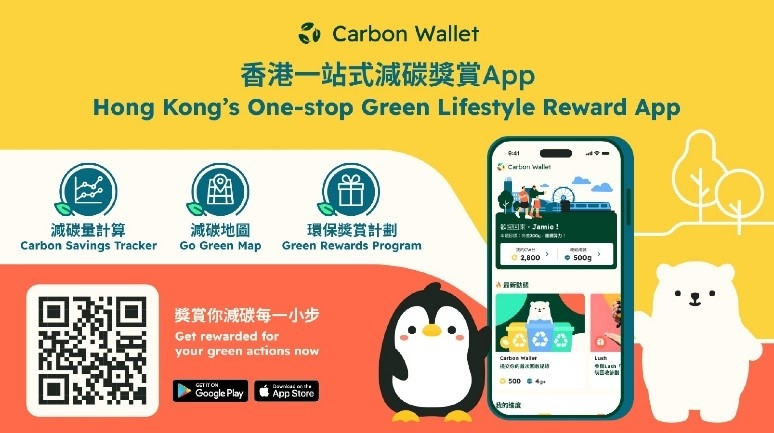
Carbon Wallet tracks and rewards low‑carbon living.
Lee noted that climate communication in the past was focused on issue‑based communication that sought to raise social awareness on issues like global climate change and the melting of Arctic glaciers, but results were disappointing with low public engagement. In order to fulfil their corporate responsibilities, companies simply lowered their carbon footprint by purchasing carbon offsets. That might have been helpful to third world countries as a source of income, but the public were left out of the process. Lee claimed that initiatives like CW help businesses to increase public awareness and support, saying: “Rather than purchasing carbon offset as a form of redemption, businesses can promote carbon saving through green living by tracking emissions in their client’s daily life.”
Green Living
Currently, CW users can earn points in six ways:
- by using public transport - tracking and rewarding carbon reduction from MTR rides the user takes;
- by walking instead of taking transport - synchronising users’ Apple Health or Google Fit data that records their weekly walking distance;
- by submitting recycling records - sharing photos of recycling and thereby becoming better informed about the right way to recycle and sort wastes;
- by adopting a plant-based diet - eating vegetarian meals at designated partner restaurants;
- by shopping and supporting green merchants - discouraging unnecessary waste and packaging and encouraging the purchase of reusable or refillable products and those made with green materials; and
- by substituting plant-based milk for cow’s milk - ordering drinks from designated partner cafes or plant-based milk beverage shops.
Lee said that the CW app had been downloaded more than 70,000 times since its release in mid‑2020. 24,000 of those downloaders, or one third of the total, signed up as CW users, and 9,000 are monthly active users. Breaking down those figures further, Lee added: “Our statistics of user demographics show a gender ratio of 34% males to 63% females. We’re happy to count among our most engaged users those aged 26 to 45 with high purchasing power. In terms of carbon reduction, our users have so far achieved a cumulative saving of 249,700 kg of CO2 emissions, which is equivalent to the emissions of a car with a mileage of 910,000 km, or those of 924 flights from Hong Kong to Tokyo. We hope quantification like this can help users understand the amounts of saving they can achieve in daily life.”
Reducing Emissions
Lee stressed that CW’s objective is to be the largest green lifestyle reward platform in Hong Kong, saying: “Through the provision of green marketing as a service, we help businesses engage customers in sustainability in a more targeted way.” The platform has a total of over 170,000 recycling records, including those for more than 230,000 beverage plastic bottles, 159,000 aluminium cans, 74,600 personal care plastic bottles, 47,300 glass bottles and 58,000 beverage cartons.
L'Occitane, a beauty and skincare brand, organised a recycling challenge with CW from August to October 2022, to collect more than 140,000 beauty empties via games, impact education and brand rewards. The containers were then converted by a green social enterprise into glass blocks for the construction industry. Pointing to the success of this initiative, Lee said: “This campaign shows that we can go green and reduce carbon emissions to benefit society as a whole through the collaboration of industry chains in the upstream and corporate brands in the downstream.”























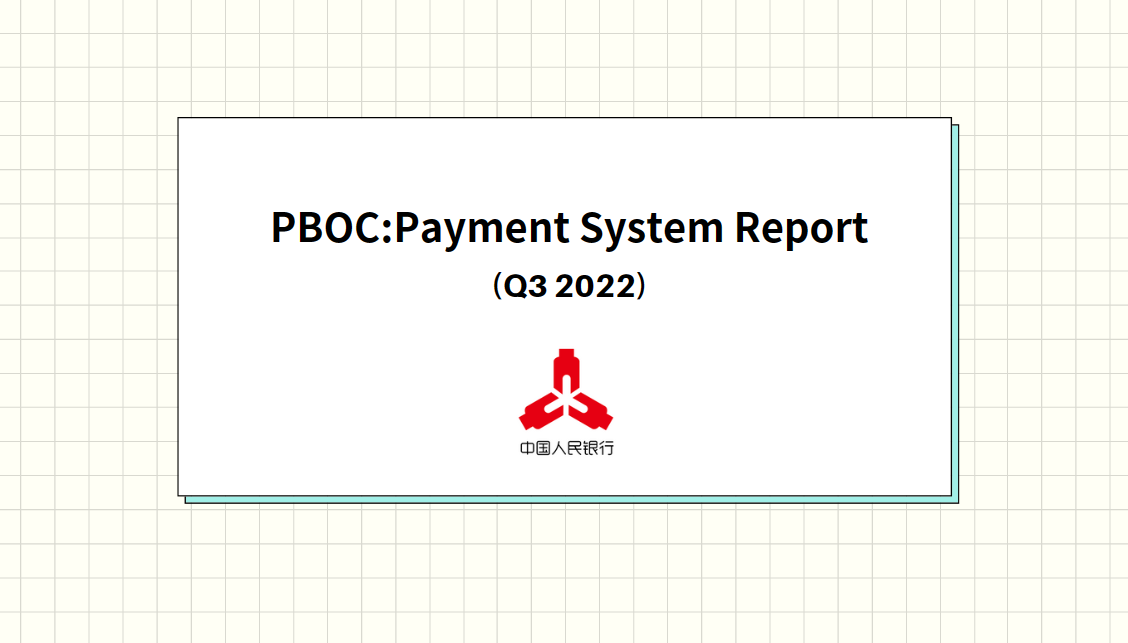
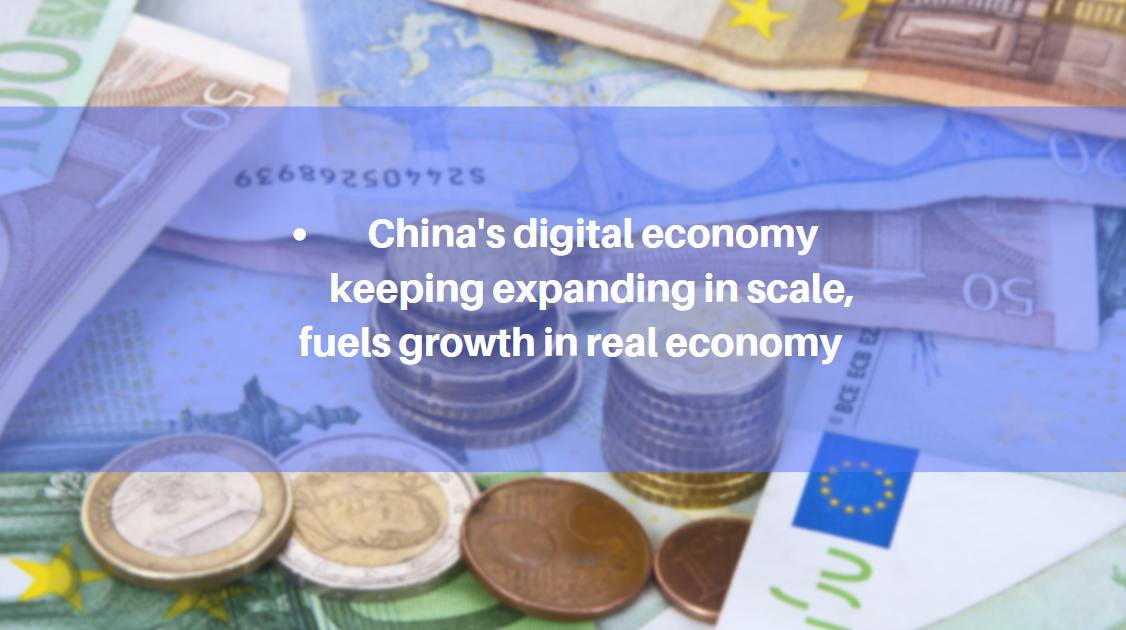
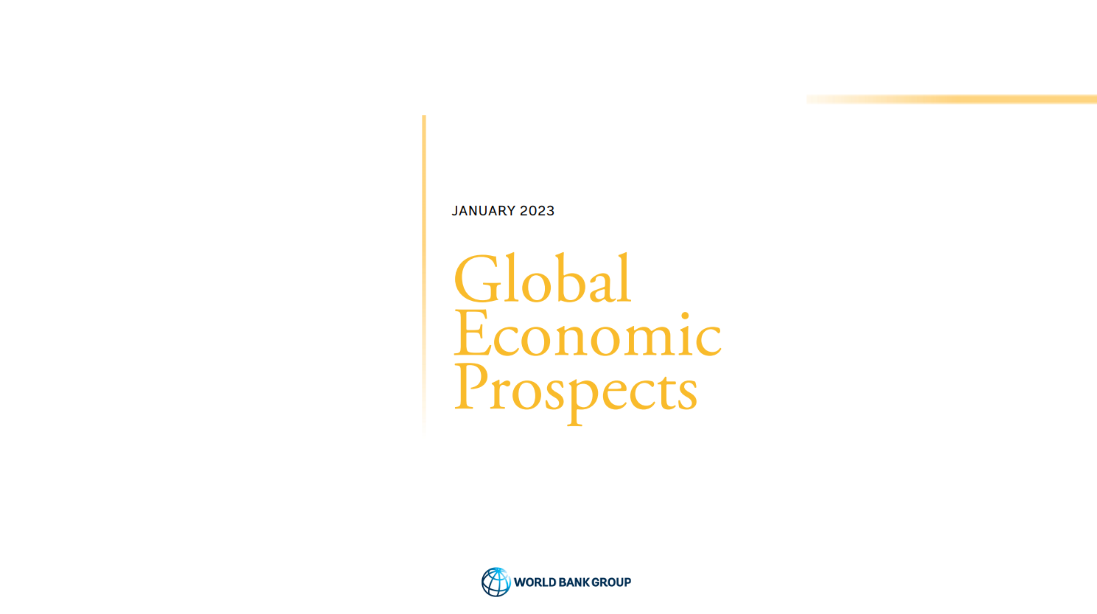
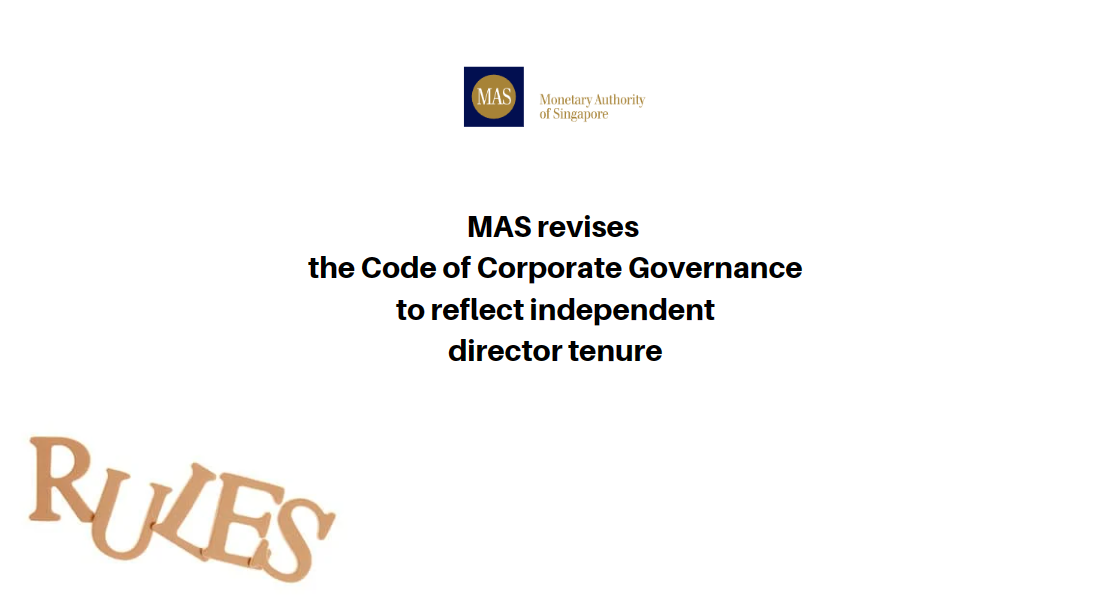



























First, please LoginComment After ~